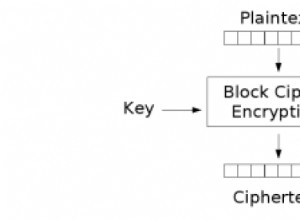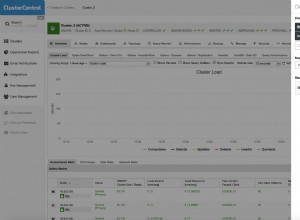En Servidor SQL 2012 es muy muy facil
SELECT col1, col2, ...
FROM ...
WHERE ...
ORDER BY -- this is a MUST there must be ORDER BY statement
-- the paging comes here
OFFSET 10 ROWS -- skip 10 rows
FETCH NEXT 10 ROWS ONLY; -- take 10 rows
Si queremos omitir ORDER BY podemos usar
SELECT col1, col2, ...
...
ORDER BY CURRENT_TIMESTAMP
OFFSET 10 ROWS -- skip 10 rows
FETCH NEXT 10 ROWS ONLY; -- take 10 rows
(Preferiría marcar eso como un truco, pero es usado, por ejemplo, por NHibernate. Usar una columna sabiamente elegida como ORDER BY es la forma preferida)
para responder a la pregunta:
--SQL SERVER 2012
SELECT PostId FROM
( SELECT PostId, MAX (Datemade) as LastDate
from dbForumEntry
group by PostId
) SubQueryAlias
order by LastDate desc
OFFSET 10 ROWS -- skip 10 rows
FETCH NEXT 10 ROWS ONLY; -- take 10 rows
Nuevas palabras clave offset y fetch next (simplemente siguiendo los estándares de SQL).
Pero supongo que no estás usando SQL Server 2012 , cierto ? En la versión anterior es un poco (poco) difícil. Aquí hay una comparación y ejemplos para todas las versiones del servidor SQL:aquí
Entonces, esto podría funcionar en SQL Server 2008 :
-- SQL SERVER 2008
DECLARE @Start INT
DECLARE @End INT
SELECT @Start = 10,@End = 20;
;WITH PostCTE AS
( SELECT PostId, MAX (Datemade) as LastDate
,ROW_NUMBER() OVER (ORDER BY PostId) AS RowNumber
from dbForumEntry
group by PostId
)
SELECT PostId, LastDate
FROM PostCTE
WHERE RowNumber > @Start AND RowNumber <= @End
ORDER BY PostId




